ABOUT DANIEL PADIERNA
CREATING SPACE FOR THE DANCE SPACE
My artistic and creative research agenda reflects my personal journey and the opportunities it has provided me to cultivate inclusive spaces for dance. Born on the autism spectrum, I initially struggled with communication, unable to make eye contact or form complete sentences. It was not until my first dance class that I discovered movement as a form of expression. Dance allowed me to build the confidence to engage with the world, inspiring me to research how I can further support my creative endeavors through this transformative journey in the artistic space. This experience motivates my mission: to create inclusive spaces for dancers from various experiences that honor the past, represent the present, and transcend our community into the future.
At the heart of my creative work is my commitment to diversity, both in choreographic expression and teaching practices. I design inclusive spaces where students engage with a wide range of dance forms, spanning contemporary dance and industry styles. By immersing themselves in these diverse experiences, students develop as citizen artists—individuals who are technically proficient, artistically driven, and socially responsible. My aim is for students to cultivate their unique identities while recognizing how personal artistry connects to broader cultural and social contexts.
Over the past four years, I have choreographed numerous works for the Shenandoah Conservatory Dance Division and collaborated with high school programs, pre-professional companies, and professional dance organizations. These experiences have deepened my ability to work with dancers across varying levels of training, allowing me to tailor my creative process to the unique strengths of each group. My artistic practice also extends into the commercial realm, where I have choreographed and performed with Olivia Lux, a RuPaul’s Drag Race Season 13 contestant, sharing queer artistry with audiences in New York. These collaborations reflect my commitment to artistic expression that is inclusive, culturally representative, and rooted in community.
In addition to my creative work, I contribute to the field as a leader and advocate. As a member of the National Board of Directors for the American College Dance Association (ACDA), I support dance education in higher learning institutions across the nation. Through my involvement with ACDA’s Equity and Justice Committee, I collaborate with colleagues from universities and colleges across the country to shape future programming that fosters inclusivity. This experience has allowed me to extend my research on both regional and national levels, working alongside diverse professionals to advance equitable practices within dance education.
Since August 2022, I have served as Programs Director for Earl Mosley’s Diversity of Dance, a Brooklyn-based non-profit founded by my mentor, Fredrick Earl Mosley. In this leadership role, I champion inclusive programming that creates opportunities for dancers from diverse backgrounds. Our Dancing Beyond winter showcase raises funds for the American Cancer Society by bringing together pre-professional, university, and professional dance programs, including Shenandoah University, for a collective cause. I also co-manage the four-week Earl Mosley’s Institute of the Arts (EMIA) summer intensive at Hofstra University, working to keep tuition accessible for dancers from all socio-economic backgrounds. Additionally, I oversee Hearts of Men, an intergenerational program for male-identifying, nonbinary, and gender-nonconforming artists, fostering mentorship and lifelong support within a safe and inclusive dance community.
In October 2024, I expanded my creative practice internationally through the Dance International Program in Japan, where I engaged with over 900 students across ten institutions in thirty days. This experience broadened my understanding of how dance can connect across cultures, reinforcing my commitment to fostering integrity, relationships, and kindness on a global scale.
My work is grounded in the belief that dance is a force for both personal transformation and community engagement. I strive to create spaces where the individual voice is celebrated within the collective and where students are empowered to bring their full selves to the dance space. By reflecting on the past, representing the present, and imagining the future, I am committed to building inclusive spaces that inspire students to engage deeply with their artistry and their communities.
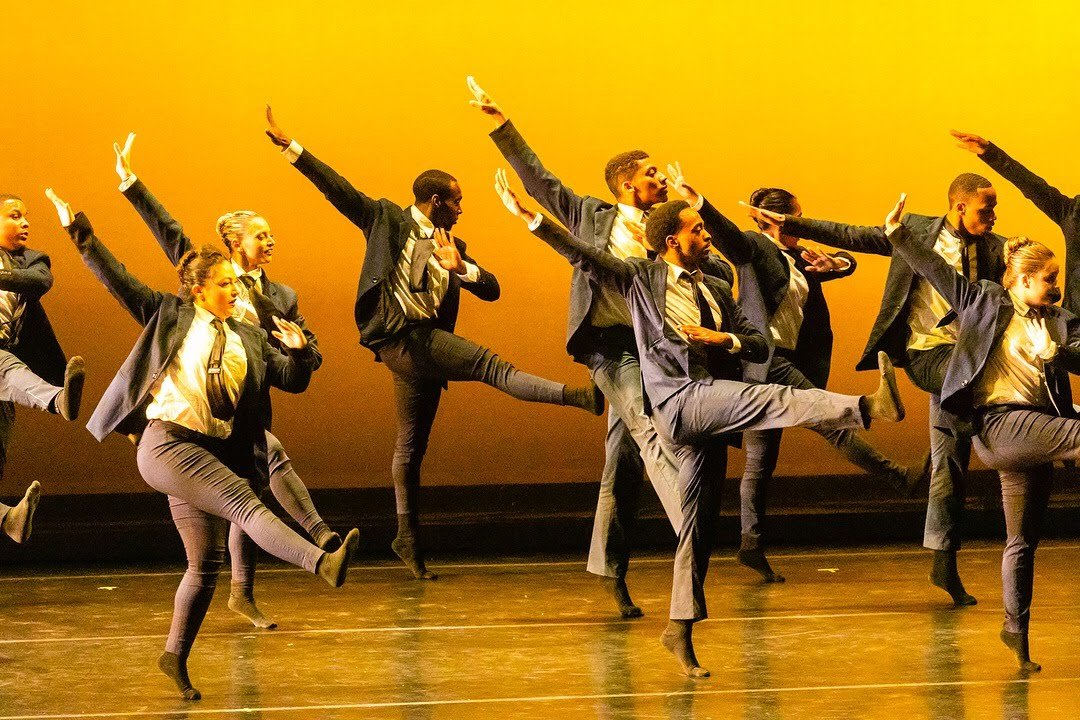





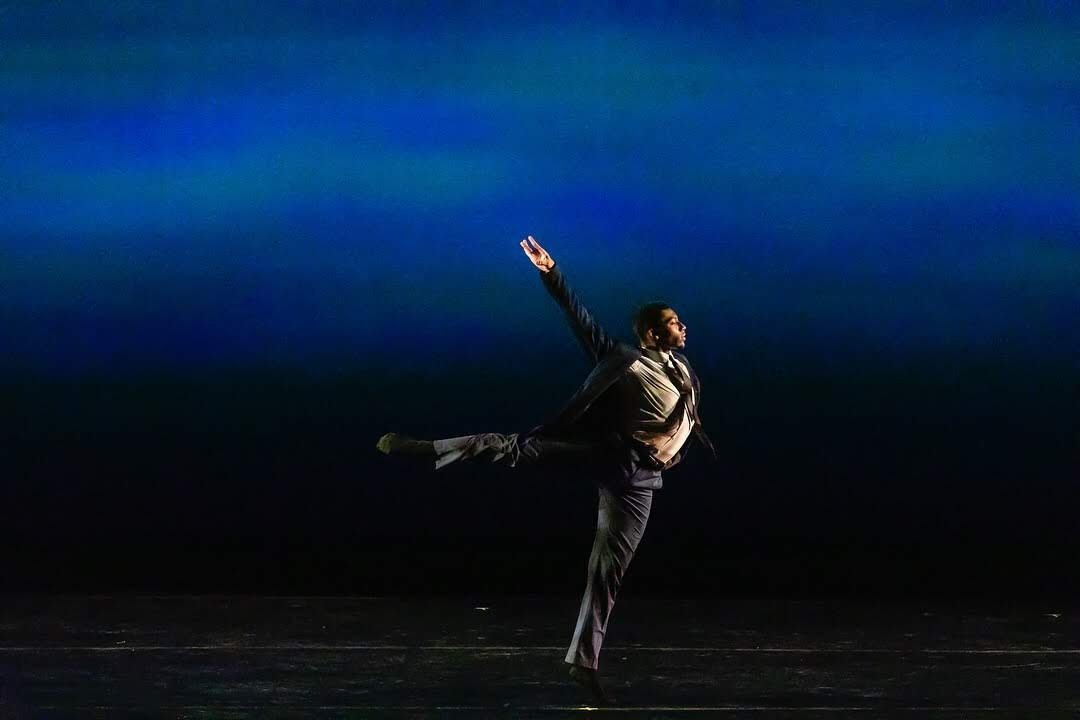














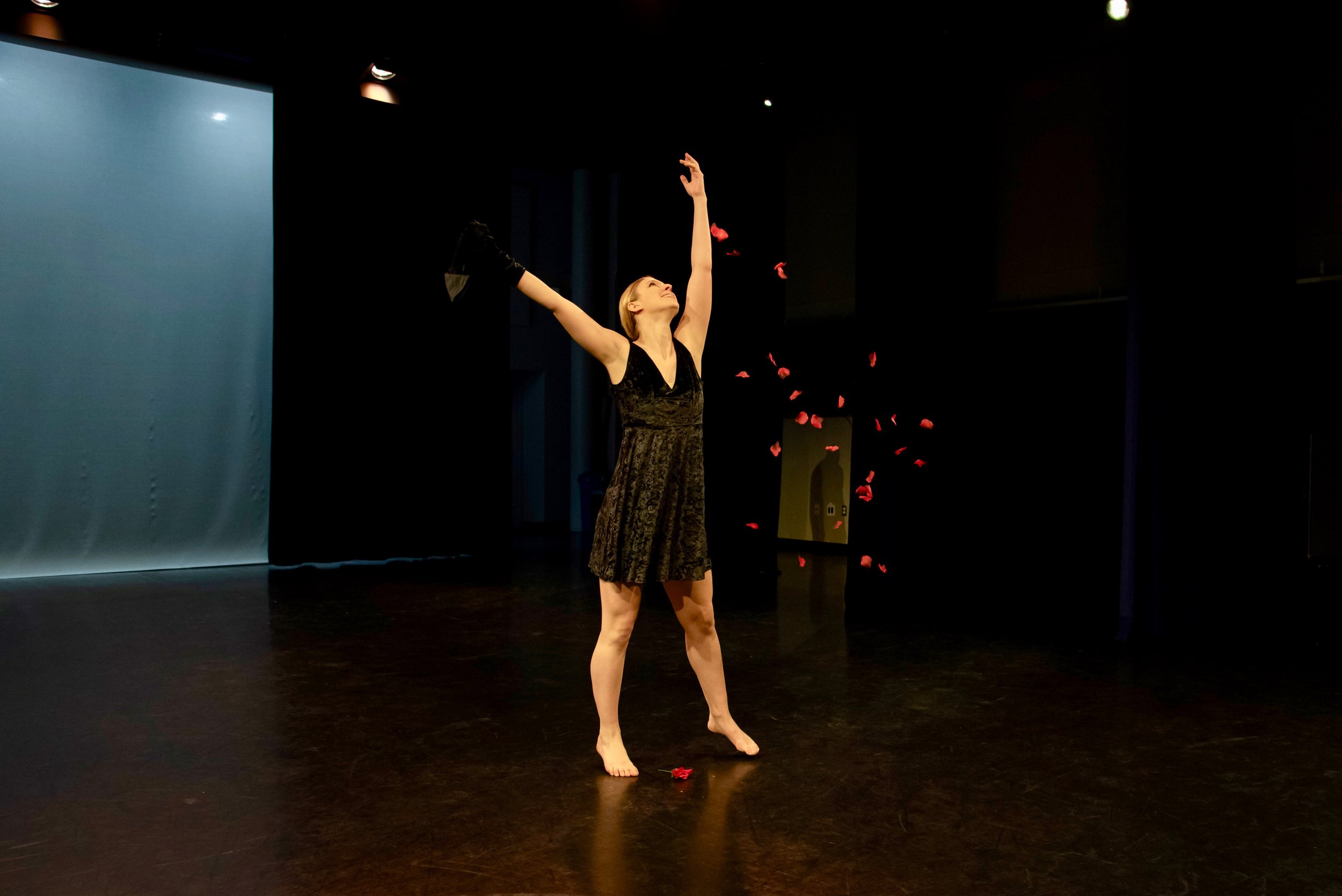
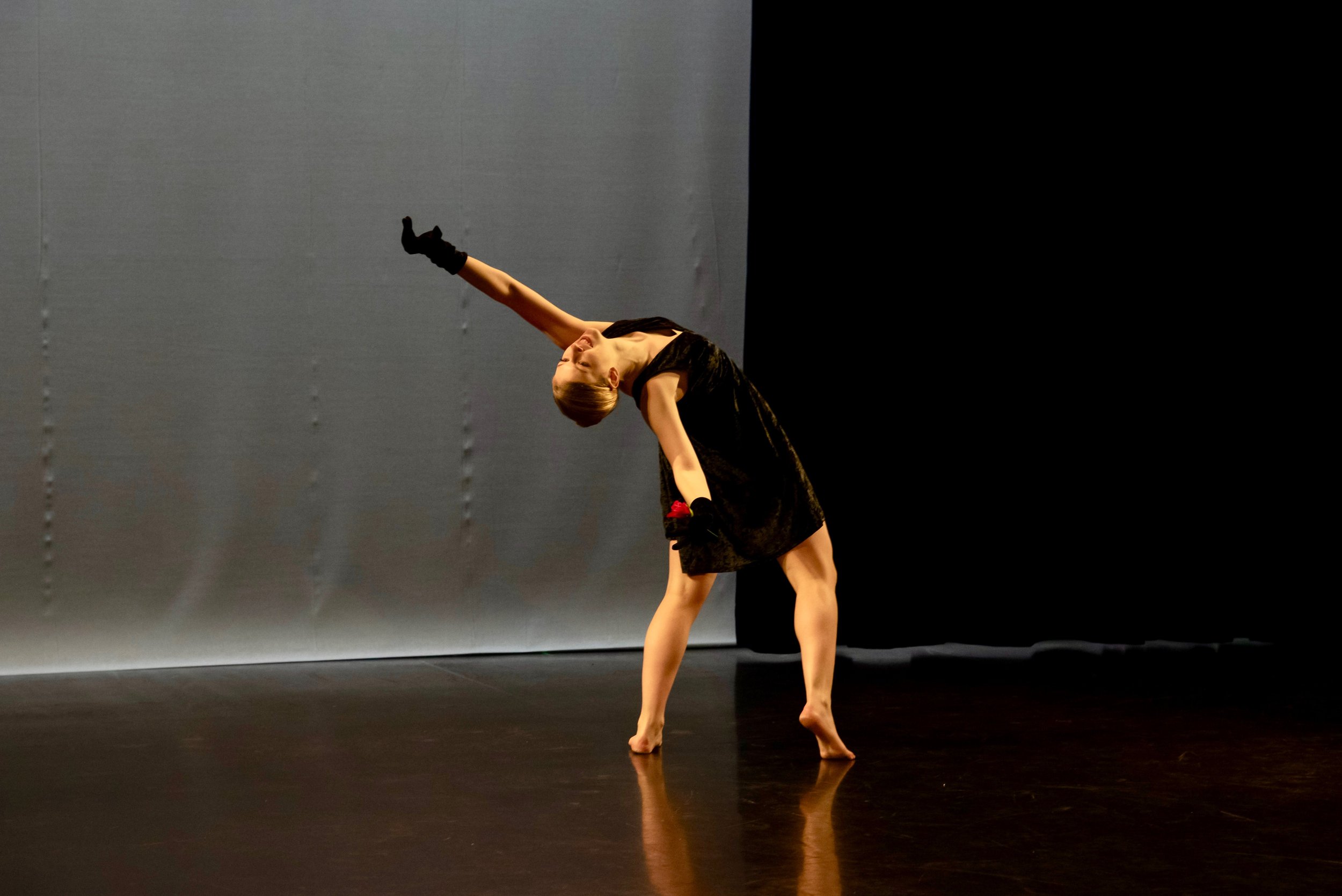

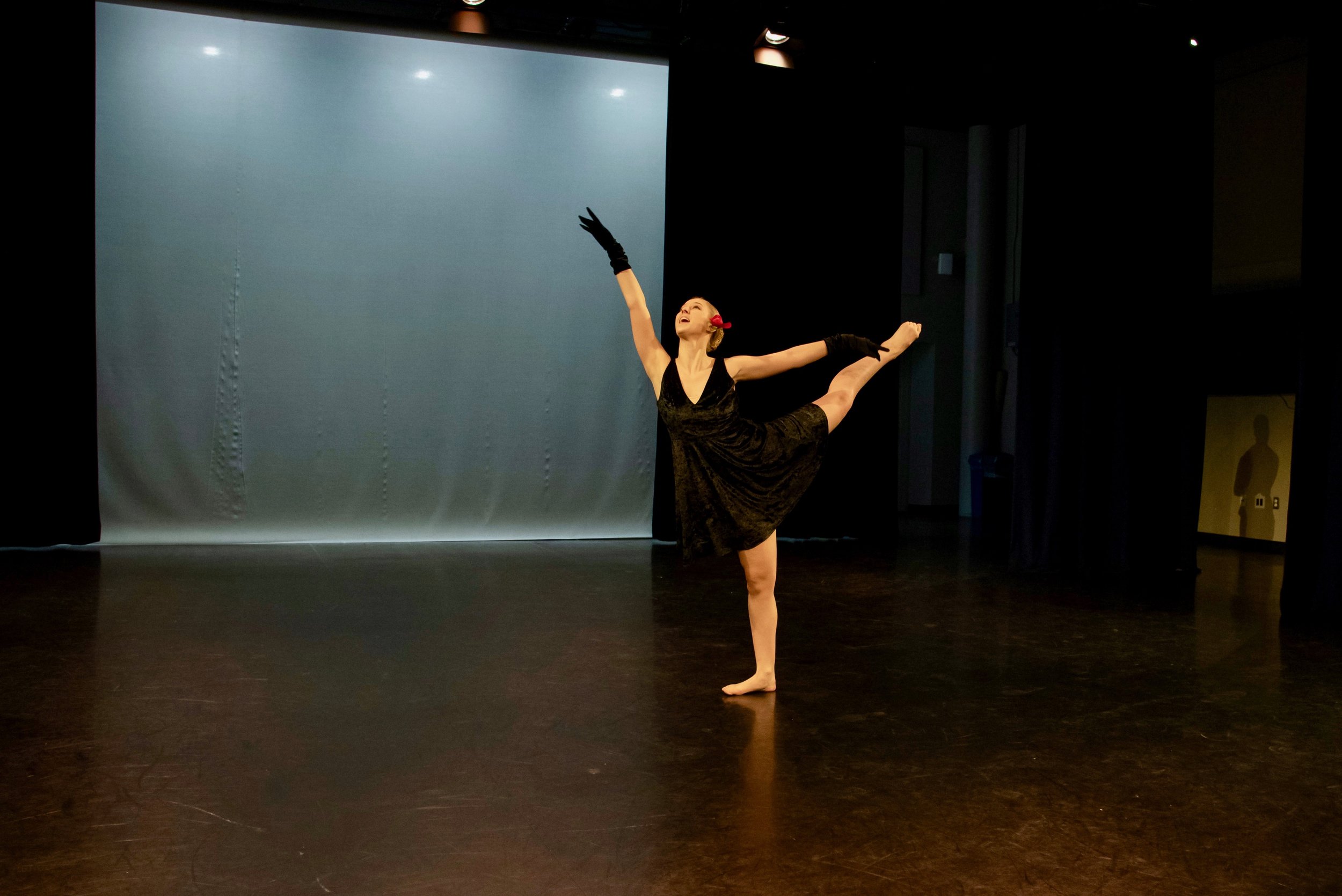





Daniel Padierna’s Statement of Diversity, Equity and INCLUSION
As a queer Latino in pursuit of promoting diversity, inclusion, and equity, I am guided by the principles of integrity, relationships, and kindness. These values serve as motivators directing my every endeavor, propelling me towards a vision of a more just and inclusive world.
Integrity is extremely vital to my approach. I am committed to upholding the highest standards of honesty and authenticity in every action I take. I recognize that genuine progress towards diversity and inclusion can only be achieved when driven by a sincere commitment. Through integrity, I ensure that my work is grounded in truth, transparency, and a genuine desire to make a positive impact.
The power of relationships cannot be underestimated in this journey. I believe that meaningful connections form the GROUNDWORK of genuine understanding and unity. By actively engaging with individuals of diverse backgrounds, experiences, and perspectives, I strive tO cultivate an environment where every voice is not only heard but celebrated. These relationships serve as bridges that connect hearts and minds, fostering an atmosphere of inclusivity where diverse contributions flourish.
Kindness is an integral part of my philosophy. I am dedicated to treating every individual with the empathy, compassion, and respect they deserve. Kindness serves as a catalyst for open dialogue AND collaboration. It reminds us of our shared humanity and encourages us to learn from one another, ultimately cultivating richer perspectives and ideas.
As I continue this journey of advocating for diversity, inclusion, and equity, I BELIEVE integrity, relationships, and kindness are the driving forces that propel my work. Together, these values shape my interactions, decisions, and initiatives, ensuring that my contributions leave A mark on the path toward a more inclusive world.
Daniel Padierna’s Teaching Philosophy
My teaching is deeply informed by my cultural background and personal experiences. Growing up, I was inspired by my mother’s storytelling and the social dances of my heritage, which taught me the power of movement to build meaningful connections. These experiences shaped my belief in the importance of honoring the past while staying relevant in the present, preparing students for the future as resilient and socially engaged artists. As a dance educator, I am committed to creating learning environments that nurture student growth and artistry, supporting their journeys as they develop into thoughtful and reflective citizen-artists.
My teaching thrives on five essential goals:
1. Practicing Cultural Responsiveness:
I create a space where students feel empowered to express themselves. While this process may come more naturally than others, I am mindful of the need for culturally responsive teaching to ensure every student feels supported in sharing their most authentic self. I understand that diversity takes many forms, and I strive to remain aware of the varied backgrounds my students bring, including differences in socio-economic status, sexual orientation, and neurological diversity. My classes highlight the significance of the individual within the context of community, cultivating students’ ability to express their individuality while connecting with others.
In my jazz classes, I integrate elements from my Latin heritage and queer culture, encouraging students to explore their own identities and reflect on how cultural influences can shape their artistry. Through these practices, students develop both technical proficiency and cultural awareness, learning to perform with intentionality and respect.
2. Fostering “Reflective Actioners”:
I strive to develop what I call “reflective actioners”—students who not only reflect on their learning but actively apply their understandings to their practice. Through open discussions, curating community conversations, and reflective assignments like journals and video blogs, I encourage all students, regardless of level or dance experience, to think critically about their work and take ownership of their artistic development. This reflective process helps students build confidence in their creative choices and promotes collaboration within the classroom, fostering a dynamic learning environment.
3. Mentoring the Future of Dance:
Mentorship is a vital component of my teaching. In technique classes, I guide students to connect technical skill with personal artistry, helping them unlock new levels of expression and performance. I also prepare them for professional opportunities through mock auditions and provide tailored mentorship in choreography courses. My students have presented their work at various venues and choreographic opportunities, including American College Dance Association, White Wave Dance Festival in New York, and Uptown Rising Performance Series at Bridge for Dance NYC to name a few. Supporting them through these experiences allows me to nurture artists who are both technically proficient and conceptually driven.
Additionally, I mentor students seeking dance careers beyond performance and choreography. I have advised students to blend dance with secondary fields, such as exercise science, English, business, and performing arts leadership. Many of these students now pursue advanced degrees, aiming to become physical therapists for dancers, dance writers and translators, arts administrators, and other professionals at the intersection of dance and unique disciplines.
4. Instilling Wellness and Kindness in Teaching:
I believe that leading with kindness is essential for students' well-being. In response to the challenges students face today, I integrate wellness practices into my teaching, such as reflective "Wellness Wednesday" discussions and moments of gratitude at the start of class. These practices help students manage personal and academic challenges, encouraging them to cultivate habits that will support their long-term success. Wellness has become an integral part of my practice, and I am proud to contribute to creating a more mindful and supportive community.
5. Developing Innovative and Equitable Learning Practices:
The shift toward hybrid and remote learning during the COVID-19 pandemic deepened my commitment to innovation. I embraced new technologies to deliver engaging and inclusive dance education, investing in sound equipment and learning video editing tools to enhance the student experience. These innovations have become part of my ongoing practice, as I continue to explore ways to integrate technology in service of equitable access to dance education.
As a dance educator, my teaching goals are all rooted in innovation, adaptability, and cultural responsiveness. The ever-changing landscape of the dance world inspires me to foster student growth, inclusivity, and readiness for both traditional and evolving professional spaces. I am committed to providing meaningful dance education across platforms, including in-person, hybrid, and remote learning environments, ensuring students receive equitable learning experiences regardless of format.






